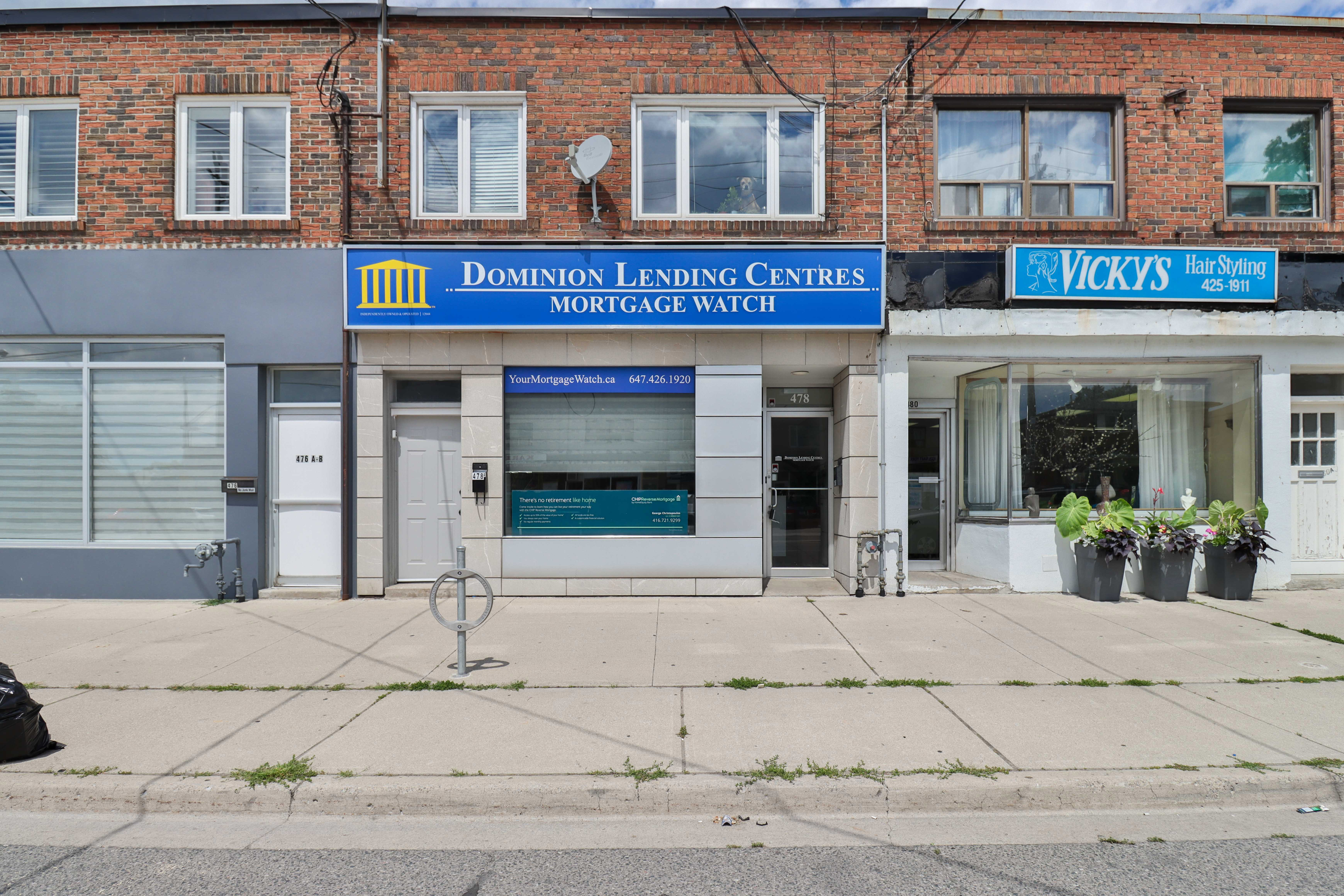North American Office Markets Take Different Paths After Emerging From Under Pandemic Cloud

North American Office Markets Take Different Paths After Emerging From Under Pandemic Cloud
As we approach the fifth anniversary of the COVID-19 shutdown, it is worth assessing how North American office markets have since evolved. While Canada and the U.S. saw an appreciable increase in office availability following the pandemic, the relative increases have been worse in this country.
Canadian office availability increased by over 60% compared to pre-pandemic levels, compared to about a 40% increase in the United States. Note that Canada’s current office availability rate of 12.2% is still lower than the U.S. at 16.1%, but Canada has moved further away from its long-term equilibrium, which has always been lower than the U.S. due to structural supply and demand differences between the two countries.

Part of the reason office availability has increased comparatively more in Canada might be due to higher work-from-home/hybrid work rates for office employees following the pandemic. A 2023 study in The Economist magazine found that Canada has the world’s highest work-from-home/hybrid work rate. The report noted the difference may reflect structural factors, including climate, housing affordability, comparatively long and congested commuting times, and ineffective transit in some of Canada’s major urban areas like Toronto. This combination of factors resulted in Canada experiencing a bigger erosion in office utilization rates than the U.S. over the past five years.
The supply side is another major factor explaining why office availability is higher in Canada. Over the past several years, Canada has been building more new office space than it typically has relative to the U.S. While tenants have been solid in leasing this new office space, backfilling the older space vacated by the tenants has been less successful, given their clear preference for newer buildings. This also contributes to a proportionately greater increase in total available office space in Canada.
Meanwhile, some cities in the U.S. are beginning to face a possible shortage of the type of first-generation new office space that is most in demand. This could kick off a new development cycle earlier than in Canada, where intentions to build more office space are virtually non-existent.

To be sure, Canada and the U.S. are now experiencing a similar recovery in office leasing volumes, perhaps reflecting return to the office (RTO) work strategies recently adopted by some firms. Although leasing volumes are well off their pandemic lows, neither country has returned to the office leasing levels typically achieved before the pandemic. This is especially true in Canada since the downturn in leasing activity relative to pre-pandemic levels was comparatively deeper than in the U.S.

Despite the pandemic having a slightly worse impact on Canada’s office market fundamentals over the past five years, the situation in the office investment market tells a different story. Over the past five years, office market capitalization rates increased more sharply in the U.S. compared to Canada. For example, U.S. office cap rates have historically been 100 basis points higher than Canada’s (a basis point is one-hundredth of one percent). However, by the end of 2024, the relative “discount” in U.S. cap rates to Canada widened to 130 basis points.

While part of the increase in U.S. cap rates reflected eroding space market fundamentals, the widening discount to Canada was primarily due to capital market forces. Office ownership in the U.S. is more fragmented than in Canada, with merchant builders and small investors representing a larger market share. Since these investors typically employ significant debt in their capital structures, the relative rise in the cost of capital as interest rates increased during the post-pandemic period forced many U.S. office owners to take write-downs and even resulted in some distressed sales. In reaction to this distress, U.S. market cap rates rose accordingly.
In contrast, a comparatively higher percentage of well-capitalized institutions, such as pension funds, own office properties in Canada. Most are equity investors who use very little debt in their capital structure. As a result, many of these owners have felt little pressure from the capital markets to sell or even “mark-to-market” asset values despite a similar, if not worse, erosion in space market fundamentals than the U.S. over the past five years.
With the Bank of Canada cutting interest rates more aggressively than the U.S. Federal Reserve, some Canadian office owners may also be hoping that Canada’s relative cost of capital will sharply fall and ultimately preserve their property valuations.
Interestingly, these capital market dynamics may be a key reason why office investment transactions are beginning to evolve differently in Canada and the U.S.
While neither market has seen office investment transactions recover to pre-pandemic levels, a faster recovery appears to be taking hold in the U.S. In 2024, the U.S. office market recorded $42 billion in sales, a nearly 20% increase from the year before. Even more telling, sales quickened as the year unfolded, with fourth-quarter sales volume surging 63% over the same period in 2023. According to some investors, the reawakening in office transactions reflects the growing opportunity to buy properties with great long-term fundamentals at attractive pricing before a full recovery sets in.

In contrast, office sales remain near all-time lows in Canada, particularly for larger assets and portfolios. The vast majority of building sales, if any, have tended to be small suburban properties or transactions initiated by an end-user such as a school or local government. The main reason for the lack of trading appears to be a lack of liquidity in the market, as potential buyers and sellers in Canada still have widely different expectations about office property pricing in the private market.
This situation could devolve into a vicious circle. Fewer office trades mean fewer sales comps and continued uncertainty about pricing and valuations, leading to fewer sales.
Unfortunately, five years after the pandemic, investor uncertainty in Canada could become magnified further due to a potential trade war with the U.S. As a result, Canada’s elusive office investment recovery will likely continue diverging from its neighbor to the south for the foreseeable future.
Source CoStar. Click here for the full story.
You must be logged in to post a comment











